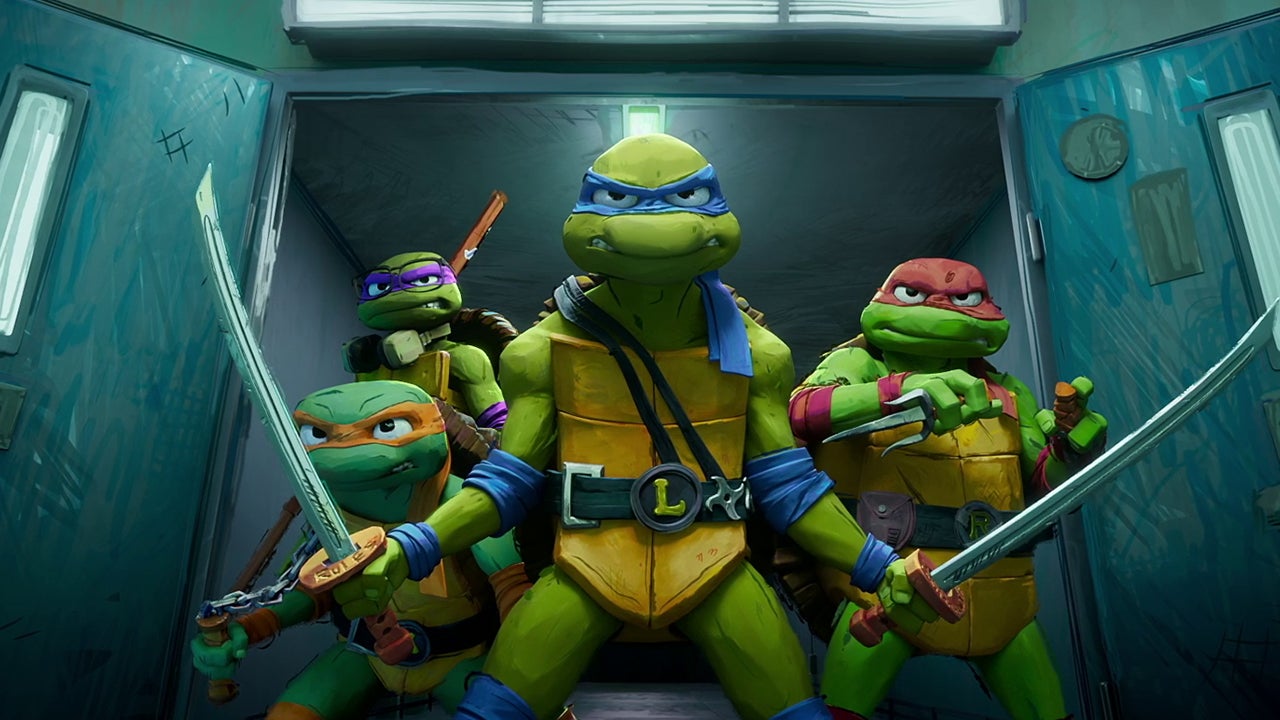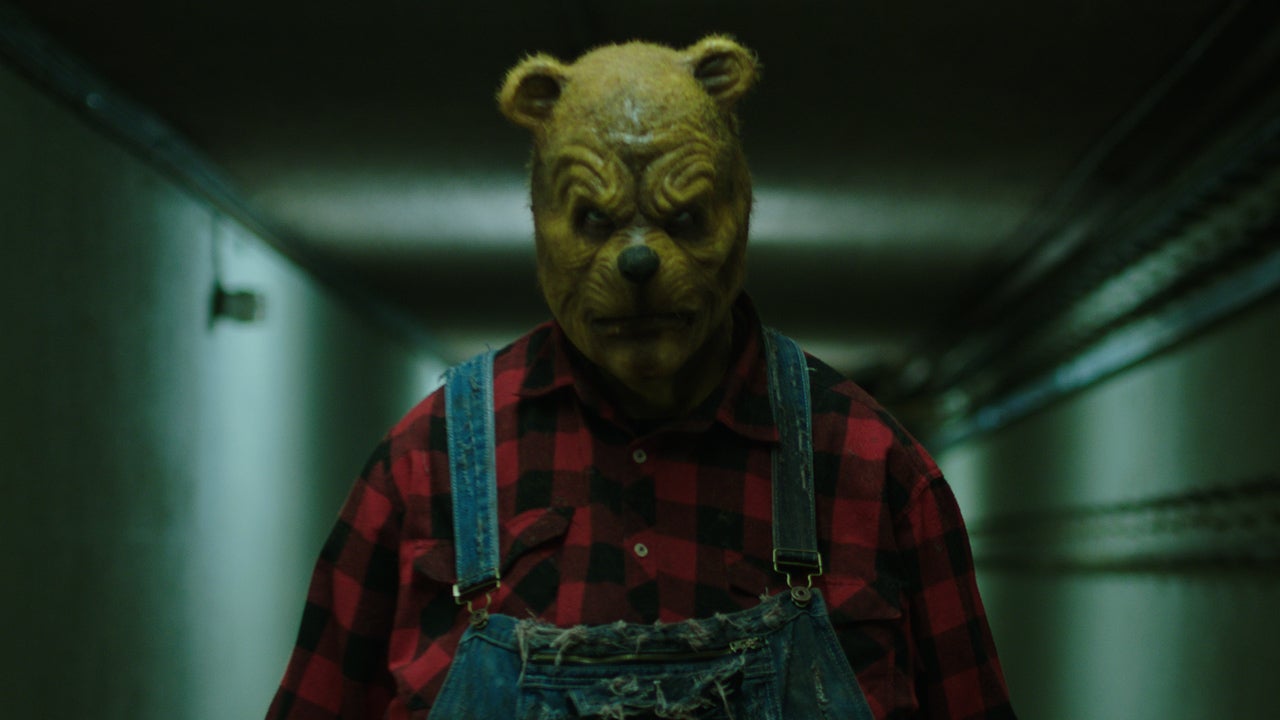Just when Tom King and Clay Mann's Batman/Catwoman made it seem as though Bruce Wayne and Selina Kyle might finally settle down together, DC has found new reasons to put the characters at odds. The Gotham War crossover is here to drive a wedge between Batman and Catwoman, and now we know why.
Why are Batman and Catwoman fighting again after coming so close to married bliss? How does this new conflict mirror Marvel's iconic Civil War crossover? Read on for the answers, but beware of full spoilers for The Gotham War: Battle Lines ahead!
A Very Weary Batman
The Gotham War takes place in the immediate aftermath of DC's newly concluded Knight Terrors crossover, as well as recent storylines on Chip Zdarsky's Batman series. That's important, as this issue shows the events of those stories taking a severe toll on Bruce. Having nearly died fighting his creation, Failsafe, and having lost a hand in another universe, Bruce is physically and psychologically exhausted. In fact, as The Gotham War: Battle Lines opens, Bruce finds himself falling into a coma for two months, a side effect of being possessed by Deadman for so long in Knight Terrors.
While asleep, Bruce communes with the Batman of Zur-En-Arrh, the backup personality he created as a failsafe against his mind being hijacked. Zur-En-Arrh has lately taken on a "mind" of its own. Thanks to the events of Batman #900, the Batmen of numerous other worlds have become corrupted and transformed into Zur-En-Arrhs themselves. Bruce senses his Zur-En-Arrh isn't alone, but the others fade from view before fully revealing themselves.
The Batman of Zur-En-Arrh leaves his other self with one, last parting message - "Rest up Bruce. Gotham needs you. They need Batman." Coming from a deranged, repressed portion of Bruce's psyche, that sounds a little ominous than it should.
Catwoman Reinvents Crime in Gotham
Bruce finally wakes up after having slept for eight weeks straight, and he wastes no time in suiting up and heading to the streets. He doesn't even bother explaining to Oracle why his right hand has suddenly been replaced by a cybernetic prosthesis.
No sooner does Batman return to Gotham than he discovers crime has strangely disappeared in his absence. There's a good reason for that. Catwoman has used Batman's long asbence to completely remake the face of Gotham's criminal underworld. She's reached out to the various henchmen who normally serve under criminals like Joker and Riddler, training them to steal for themselves in exchange for following a rigid set of rules. These new cat burglars are free to steal to their hearts' content, so long as they only target the wealthy and don't kill any victims.
Under this new regime, violent crime in Gotham has plummeted by 75%. Even better, by robbing the city's super-criminals of their manpower, Selina Kyle has effectively put her rivals out of business. In eight weeks, she's done more to reduce crime in Gotham than Batman has in all his years on the job. Needless to say, Batman himself is less than thrilled at the news.
The Battle Lines Are Drawn
Knowing her fledgling criminal empire is about to face its most important test, Selina calls a meeting of the entire Bat-family to make her case for a Gotham where some forms of crime are tolerated. Some, like Bruce and his son Damian, are flatly against the idea. Batman exists to fight the idea of crime. He doesn't permit some crime to exist while fighting against other kinds.
But not everyone is so convinced Selina's plan is a bad one. Jason Todd is outwardly supportive of the venture, while others like Batwoman and Tim Drake are forced to admit that Selina has been getting results. A new rift is forming in the Bat-family, one that echoes Marvel's Civil War. Some are siding with Catwoman, believing that the ends justify the means if crime is ultimately reduced. Others are like Batman, who refuse to tolerate the notion of allowing some crime to occur for the sake of the greater good.
Nor are Batman's allies the only ones choosing their sides of this ideological battle. As Batman meets with Commissioner Montoya atop GCPD headquarters, the Riddler is shown watching the two from afar. He poses a riddle - "If I'm this to all, I'm this to none. I'm kept close, but my opposite should be kept even closer." The answer is a friend, suggesting Riddler is about to form an unliekly alliance with the Dark Knight.
Unfortunately, also like Civil War, there's an inciting incidient that threatens to transform a philosophical conflict into a very real war. A subplot in Battle Lines shows a humble ex-henchman and single father named Roland Garner trying to make the most of Selina's offer. Unfortunately, Roland is shot and killed in the midst of a robbery. To Batman, this is a needless death that only proves how wrong Catwoman's vision for Gotham City truly is. And now the stage is set for these erstwhile lovers to become enemies all over again.
Who do you stand with in this debate? Are Catwoman's unorthodox methods justified, or is Batman right that crime can never be tolerated? Cast your vote in our poll and let us know your thoughts in the comments below.
Jesse is a mild-mannered staff writer for IGN. Allow him to lend a machete to your intellectual thicket by following @jschedeen on Twitter.







